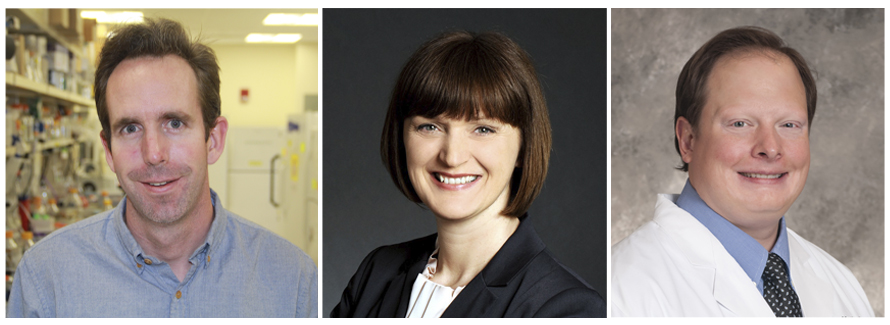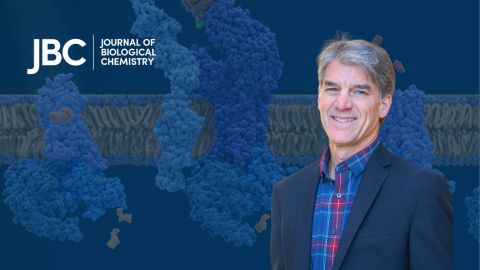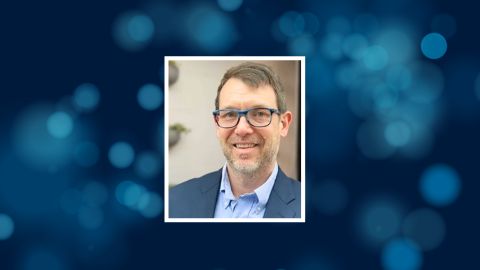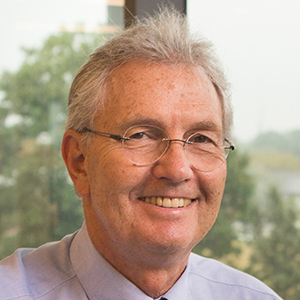
JLR session spotlights junior associate editors
Discover BMB, the American Society for Biochemistry and Molecular Biology annual meeting to be held in Seattle March 25 – 28, will include a session featuring Journal of Lipid Research junior associate editors Michael Airola of the State University of New York at Stony Brook, Luke Engelking of the University of Texas Southwestern Medical Center and Renate Schreiber of the University of Graz.
These early-career investigators will share their lipid-based research in this session titled “Into the Lipidome: Spotlight on the Journal of Lipid Research Junior Associate Editors.”
The JLR junior associate editor program, initiated by Co-Editors-in-Chief Kerry-Ann Rye and Nicholas Davidson, passes along knowledge of peer-review processes and trains the next generation of journal editors. The junior associate editors review original JLR submissions, gain experience with editorial decisions made by associate editors, and organize virtual issues and author review articles highlighting cutting-edge research in the field. Each junior associate is mentored by an associate editor.
The current group of junior associate editors also includes Scott Gordon of the University of Kentucky, Rebecca Haeusler of Columbia University and Judi Simcox of the University of Wisconsin–Madison. They presented their research at the 2022 ASBMB annual meeting in Philadelphia.
I invite you to read the following articles about Airola, Engelking and Schreiber and the exciting research they will present at Discover BMB on March 27 at the Seattle Convention Center:
- Airola seeks the secrets of lipid-modifying enzymes
- Engelking seeks to balance research and medicine
- Schreiber chanced upon a safe harbor in science

Enjoy reading ASBMB Today?
Become a member to receive the print edition four times a year and the digital edition monthly.
Learn moreGet the latest from ASBMB Today
Enter your email address, and we’ll send you a weekly email with recent articles, interviews and more.
Latest in People
People highlights or most popular articles

2025 voter guide
Learn about the candidates running for ASBMB President, Secretary, Councilor, Nominating Committee and Publications Committee.

Meet Paul Shapiro
Learn how the JBC associate editor went from milking cows on a dairy farm to analyzing kinases in the lab.

In memoriam: Jeffrey Cameron
He was an associate professor of biochemistry at the University of Colorado Boulder and co-founder of the biotech company Prometheus Materials.

Finding a symphony among complex molecules
MOSAIC scholar Stanna Dorn uses total synthesis to recreate rare bacterial natural products with potential therapeutic applications.

Sketching, scribbling and scicomm
Graduate student Ari Paiz describes how her love of science and art blend to make her an effective science communicator.

Embrace your neurodivergence and flourish in college
This guide offers practical advice on setting yourself up for success — learn how to leverage campus resources, work with professors and embrace your strengths.

